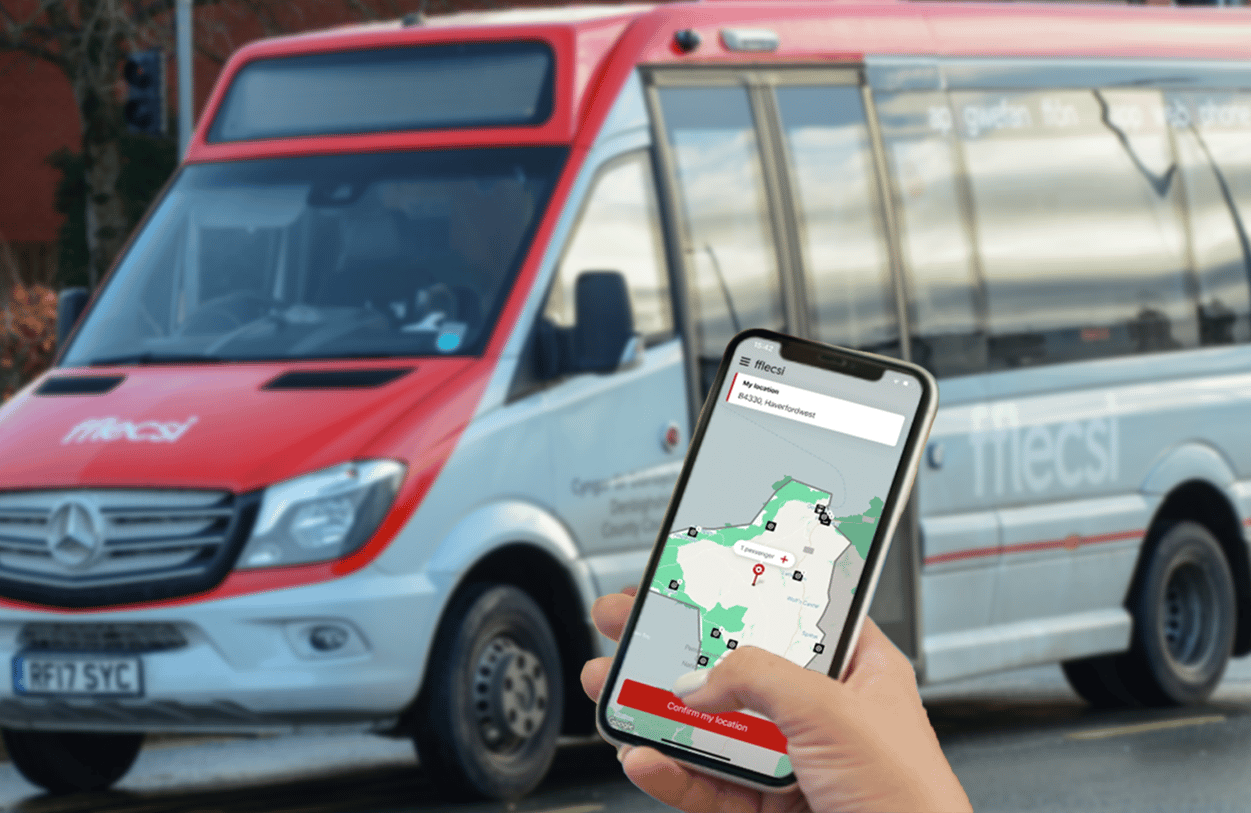Despite the clear social, economic, and environmental benefits of rural transport, UK networks have continued to erode — with declining patronage as a result — over the decades since bus deregulation took effect in 1985. Covid-19 dealt another blow in 2020; even after a period of recovery since, patronage in non-metropolitan areas is still down by more than 30% compared to the 2019/2020 financial year.
During this difficult period, one transport mode has seen a flurry of excitement and investment, and grown steadily as a result: digital demand-responsive transport, or DDRT. Via’s technology alone powers 29 services across the UK, nearly all of which launched in 2020 or later. But misunderstandings persist about precisely what DDRT is meant to achieve, and how to measure its success. Look no further than a recent BBC business article sounding the alarm that rural DDRT doesn’t turn a profit — as if it were ever expected to.
What DDRT can do — and does exceptionally well — is help county councils deliver better rural services more efficiently. “More efficiently” does not mean “profitably”: like the subsidised fixed-route services they supplement (and sometimes replace), rural DDRT schemes depend on a steady source of funding. But when implemented strategically, DDRT can reach a wider audience than fixed-route buses at a lower subsidy per-trip, meaning that the government funds invested in rural mobility go further.
As emergency funding programmes have ended, councils are indeed struggling — as the BBC reports — to find these funds and keep DDRT and other rural services going. But the solution is not to simply let these services die out. Doing so would leave the approximately 14 million Britons living in rural areas without a viable alternative to private car ownership, endangering the UK’s commitment to net-zero emissions by 2050 and resulting in the social and economic exclusion of those who cannot — or cannot afford to — drive.
So how should we measure the success of rural transport initiatives, and how does DDRT perform on those metrics? Data from Via’s 5+ years of operation in the UK paint a clear picture of what DDRT can achieve:
Help councils reduce transport spending without cutting services.
When the Milton Keynes Council selected Via to replace portions of its subsidised bus network with DDRT, they aimed to improve service levels while saving money. Two years on, that’s exactly what’s been achieved: the Council spends ~£2M/year less on transport subsidies, but covers a much wider swath of the lower-density communities it serves.
Encourage public transport use while reducing private vehicle use.
Modal shift away from private cars is seen consistently across Via-powered services in the UK. 49% of passengers using Tees Flex, a DDRT service operating in rural parts of Tees Valley, report that they would have otherwise travelled by private taxi or car, and 32% report using their private car less often as a result of the service. In fflecsi, a multi-zone service administered with Transport for Wales, the numbers are even more striking: 73% of car owners reported using their cars less often, and 9% of fflecsi passengers had never before used public transport.
Reduce emissions and overall vehicle-miles-travelled.
Increased transport adoption — especially when that transport is delivered with electric vehicles, as in Milton Keynes — drives down emissions and VMT. Gary Wood, the Head of Highways and Transport at the Nottinghamshire County Council, observed that the Nottsbus On Demand DDRT service was “efficient, environmentally friendly, and responsive to public need,” offering a “reliable, affordable, and greener way to travel” for rural Nottinghamshire residents.
The new technology powering DDRT certainly isn’t a panacea for rural transport: hard decisions must still be made about where to prioritise different modes of transport, and how to deploy limited budgets to the greatest effect. A healthy degree of scepticism of “tech-for-tech’s sake” is important. But technology can — and does — expand the menu of transport options available to rural authorities, and increase the impact an authority can deliver in rural areas.

Via Resource Editor




